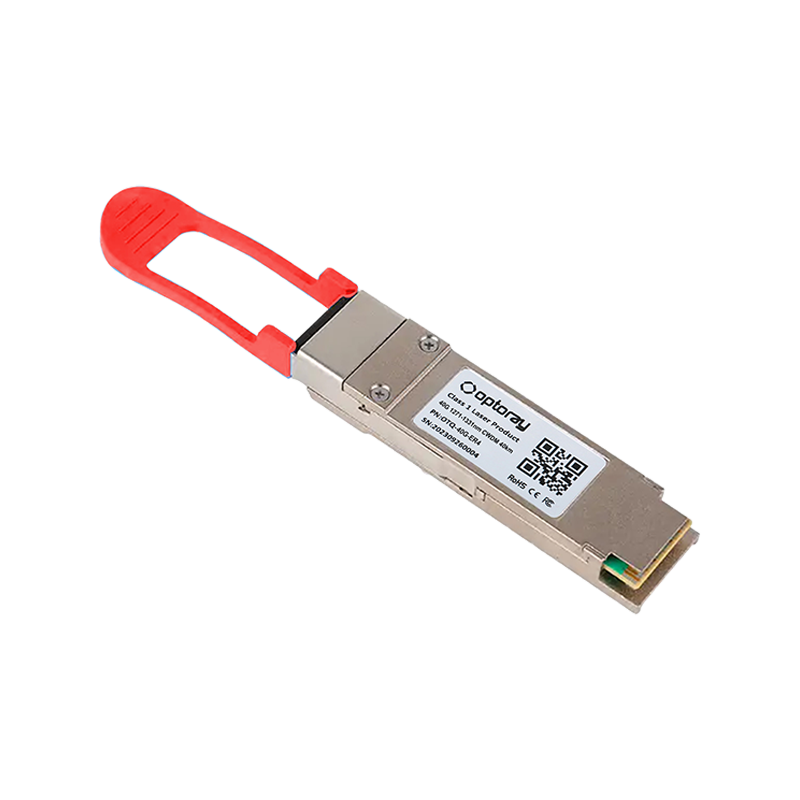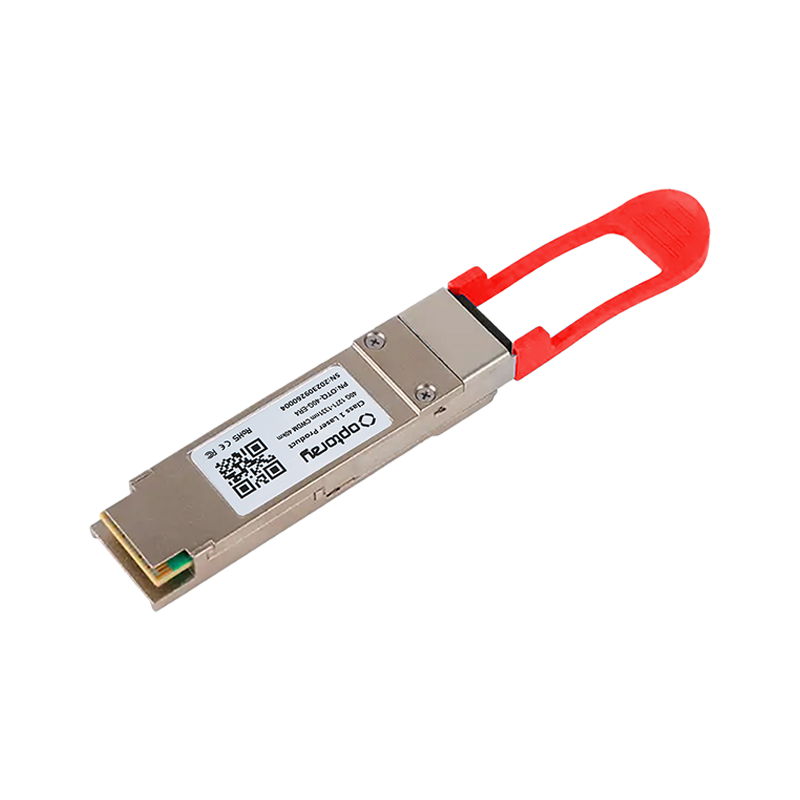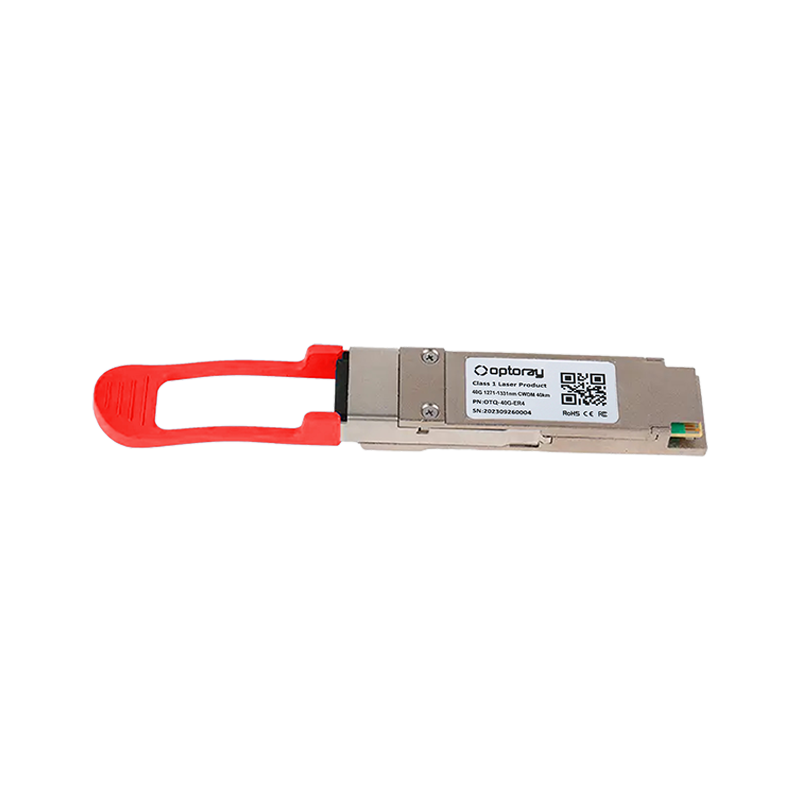40G QSFP+ Optical Transceiver Industry knowledge
Does the 40G QSFP+ optical transceiver support hot-swappable function bring many conveniences and advantages to users?
40G QSFP+ optical transceiver is a key device for high-speed data transmission. 40G QSFP+ optical transceiver Manufacturers usually design transceivers that support hot-swappable functions to provide greater convenience and reliability. Hot-plugging, also known as "hot swapping," means users can safely plug in or pull out transceivers while the system is running without having to shut down or reboot the device. This plug-and-play feature is of great significance to network operation and maintenance and can bring many advantages.
The hot-swappable function makes network maintenance more convenient. Traditionally, in order to replace or upgrade a fiber optic transceiver, it may be necessary to shut down the entire device or the corresponding port, which can cause downtime and business interruption. With the hot-swappable function, maintenance personnel can directly plug in or pull out the transceiver while the system is running without affecting the operation of the entire system. This greatly reduces downtime during maintenance and improves network availability and stability.
Hot-swappable functionality reduces maintenance costs. Traditional maintenance methods may require more manpower and time investment, as well as more equipment downtime, which will increase maintenance costs. The hot-swappable function can quickly and easily complete the replacement or upgrade of optical fiber transceivers, reducing the workload of maintenance personnel and other costs during the maintenance process. In this way, both manufacturers and users benefit from lower maintenance costs.
Hot-swappable functionality also increases system flexibility and scalability. As network requirements change and develop, fiber optic transceivers may need to be continuously adjusted and upgraded to adapt to new business needs or technical standards. With the hot-swappable function, users can replace or upgrade the transceiver at any time without affecting the operation of the entire system, achieving flexible adjustment and rapid expansion of the network.
The 40G QSFP+ optical fiber transceiver supports hot-swappable functions, which brings many conveniences and advantages to users. By reducing downtime and maintenance costs, the reliability, availability and flexibility of the network are improved, meeting changing business needs and technical standards, and promoting the continued stable operation and development of the network.
Compared with traditional optical fiber transceivers, does the 40G QSFP+ optical fiber transceiver have significant low power consumption characteristics?
Compared with traditional optical fiber transceivers, 40G QSFP+ optical fiber transceivers have significant low power consumption characteristics and have a positive impact on energy conservation and environmental protection. This innovative design not only brings market competitiveness to manufacturers, but also provides users with more cost-effective solutions, helping to achieve sustainable development goals.
The power consumption advantage of 40G QSFP+ optical transceiver comes from its advanced technology and materials. By using the latest optoelectronic components and more efficient circuit designs, manufacturers are able to reduce transceiver energy consumption. This not only reduces overall power consumption in large deployments such as data centers, but also helps reduce heat generation and reduces the need for cooling systems, further reducing energy use.
Low-power design helps reduce the burden on the environment. As digital transformation accelerates and data traffic grows, data center energy consumption has become a global focus. The low power consumption characteristics of 40G QSFP+ fiber optic transceivers can significantly reduce the overall energy demand of the data center, reducing carbon emissions and other environmental impacts. This environmental awareness, combined with the application of green technologies, can help drive the industry in a more sustainable direction.
The low-power design can also reduce users' operating costs. Data center operators often need to consider energy costs as a proportion of their operating expenses. By adopting lower-power 40G QSFP+ fiber optic transceivers, they can reduce energy bills, increase efficiency, and save significant money in long-term operations. Such energy-saving measures are not only in line with the company's sustainable development strategy, but can also enhance its competitiveness in the market.
40G QSFP+ fiber optic transceiver manufacturers’ emphasis on low-power design has a positive impact in many aspects. It not only helps reduce energy consumption and impact on the environment, but also reduces users' operating costs and contributes to the sustainable development of the industry. Therefore, this innovative technology and design concept is of great significance in the current digital era, laying a solid foundation for building a more energy-saving and environmentally friendly future.



 English
English русский
русский




































